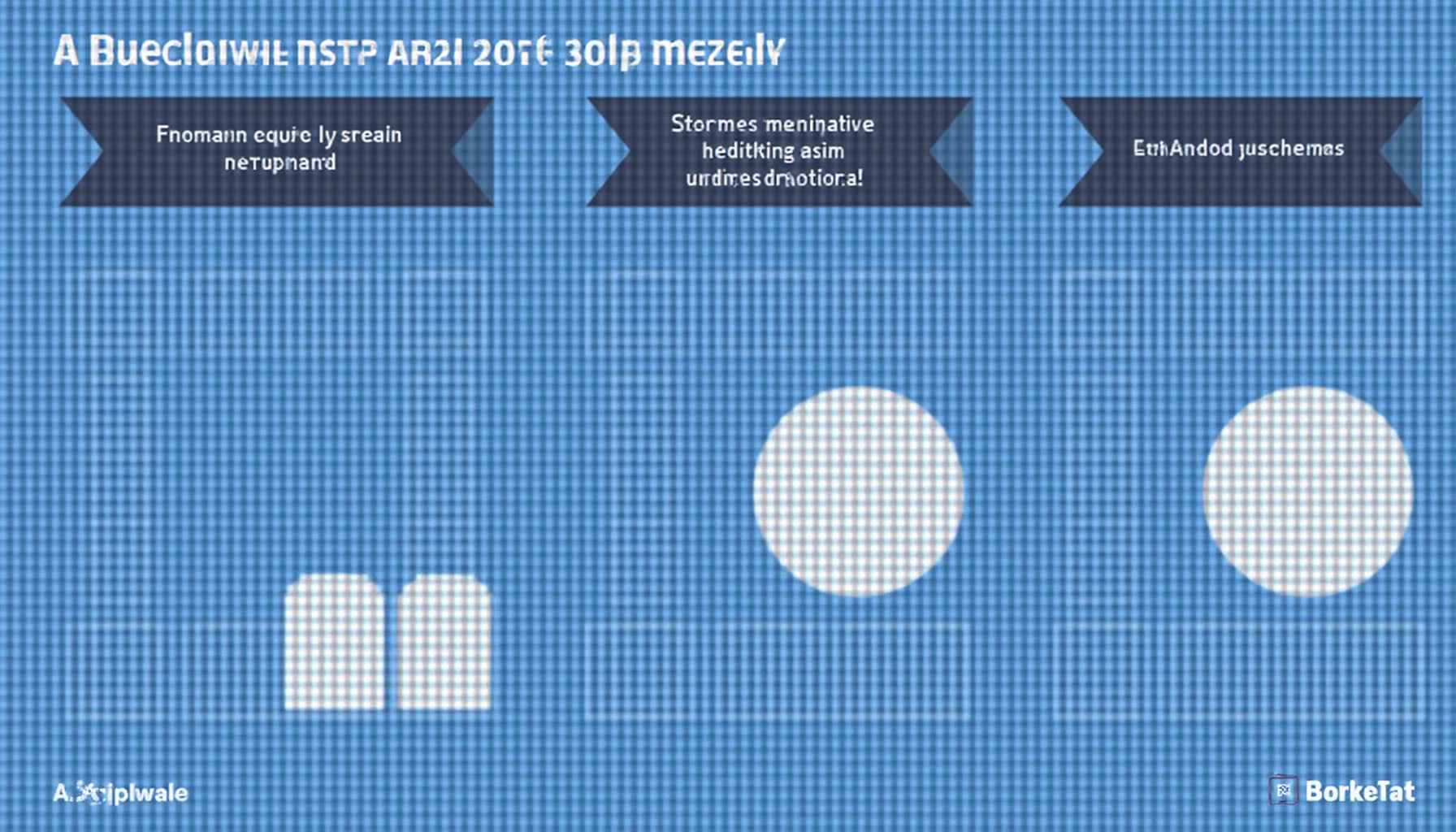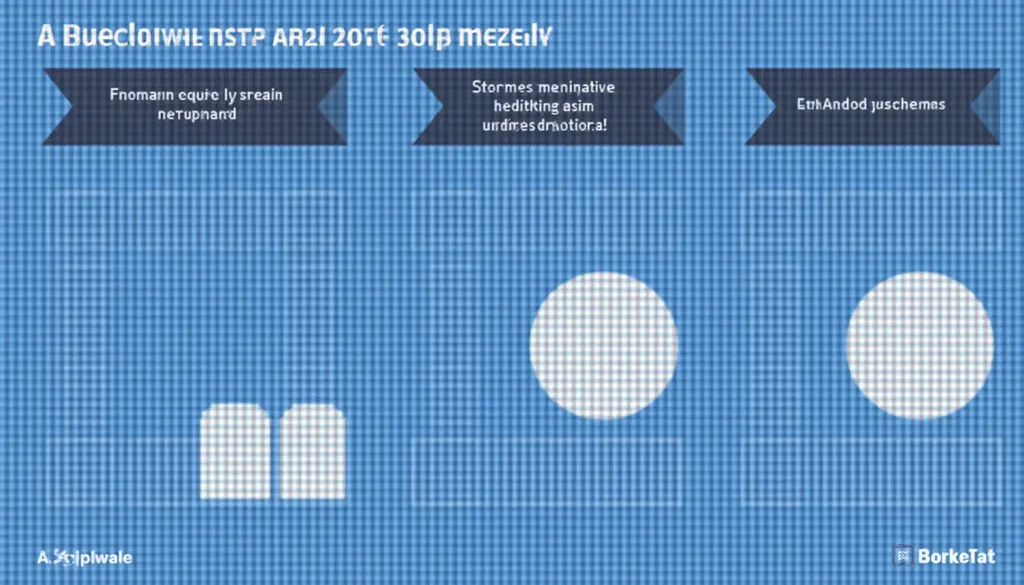Introduction: Why Is Blockchain Data Indexing Important?
Did you know that over 70% of blockchain transactions remain unindexed, making it challenging for developers to access data efficiently? As the cryptocurrency market continues to evolve, understanding blockchain data indexing has become essential for businesses and developers alike. This guide will explore the best practices for indexing blockchain data, enabling you to harness this technology effectively.
What Is Blockchain Data Indexing?
At its core, blockchain data indexing involves organizing and storing blockchain data in a format that allows for quick retrieval and querying. This process is crucial for applications such as decentralized finance (DeFi) platforms and cryptocurrency exchanges, where timely access to data can significantly impact decision-making.
Key Benefits of Effective Indexing
- Improved Speed: Indexing dramatically enhances data retrieval speeds, crucial for digital currency transactions.
- Enhanced Reliability: Users can trust that the data they are accessing is accurate and up-to-date.
- Scalability: As your application grows, effective indexing allows for seamless expansion.
Best Practices for Blockchain Data Indexing
1. Choose the Right Database Technology
Different projects may require different database solutions.
For instance, PostgreSQL might be perfect for complex querying, while NoSQL databases are suitable for high-speed transactions.

2. Utilize Efficient Data Structures
Consider using Merkle trees or AVL trees to optimize your blockchain data structures. These structures reduce retrieval times and increase the efficiency of data storage.
3. Implement Incremental Updates
Instead of re-indexing the entire blockchain after every transaction, use incremental updates to maintain your index. This approach speeds up the process and reduces the computational load.
4. Monitor Performance and Optimize Regularly
Continuously monitor your indexing performance. Use analytics tools to identify bottlenecks and optimize them. This may include adjusting parameters to accommodate different loads and transaction volumes.
Real-World Applications of Data Indexing
Let’s consider a hypothetical scenario: Imagine a financial analyst trying to measure the transaction volume of
